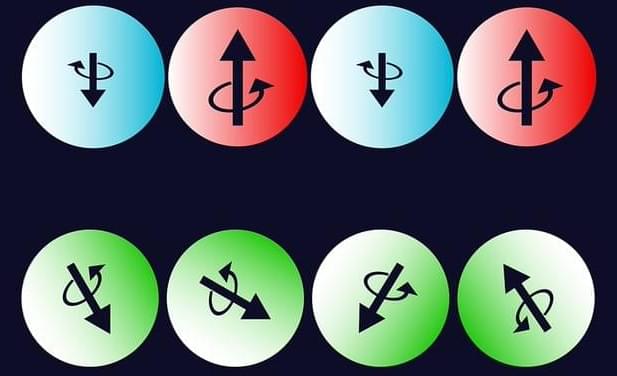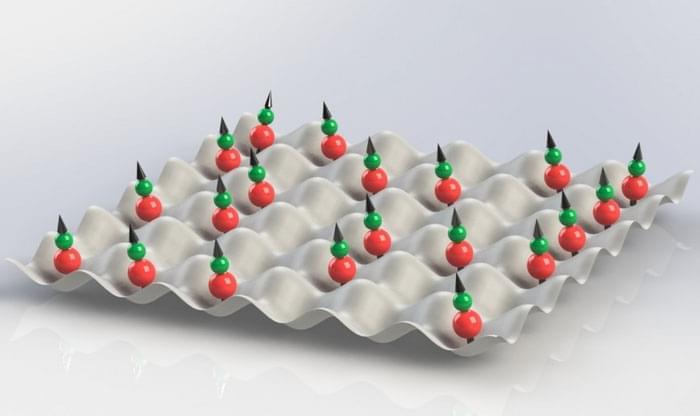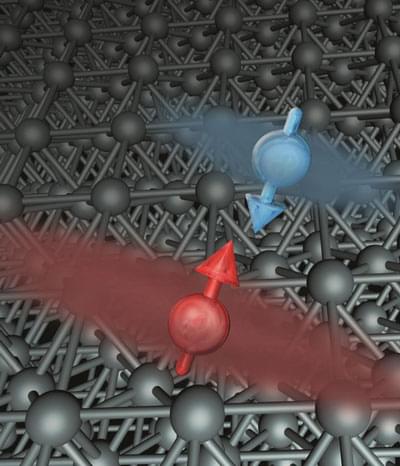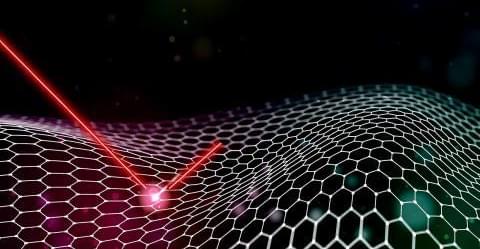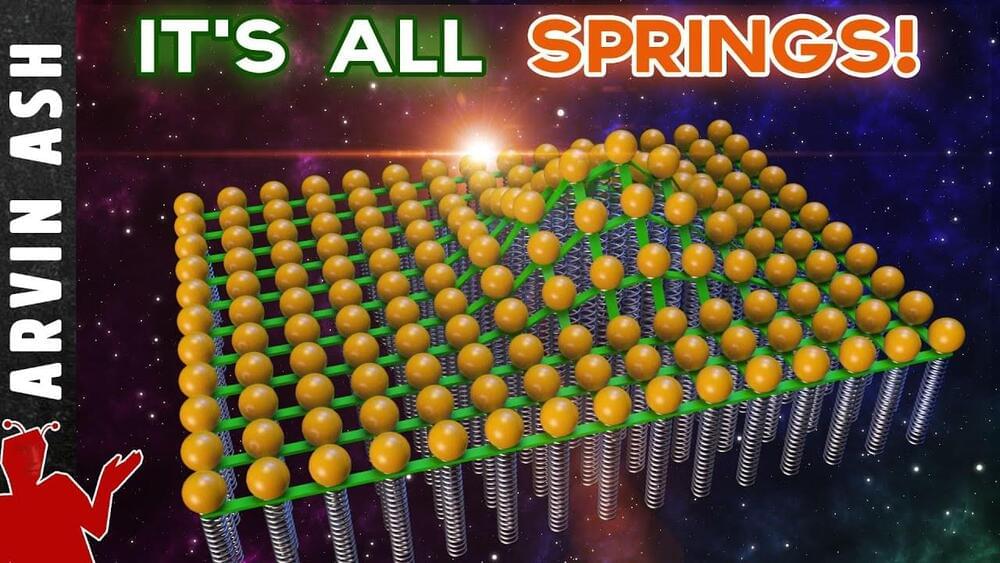Feb 4, 2023
Dark spins could boost the performance of diamond-based quantum devices
Posted by Dan Breeden in categories: particle physics, quantum physics
The performance of some quantum technologies could be boosted by exploiting interactions between nitrogen-vacancy (NV) centres and defects on the surface of diamond – according to research done by two independent teams of scientists in the US.
NV centres in diamond have emerged as a promising solid-state platform for quantum sensing and information processing. They are defects in the diamond lattice in which two carbon atoms are replaced with a single nitrogen atom, leaving one lattice site vacant. NV centres are a two-level spin system into which quantum information can be written and read out using laser light and microwaves. An important property of NV centres is that once they have been put into a specific quantum state, they can remain in that state for a relatively long “coherence” time – which makes them technologically useful.
